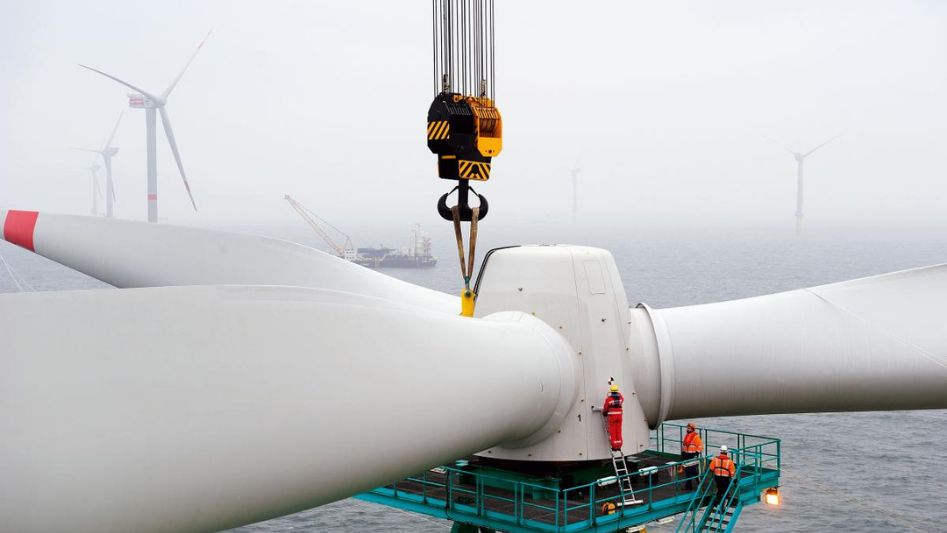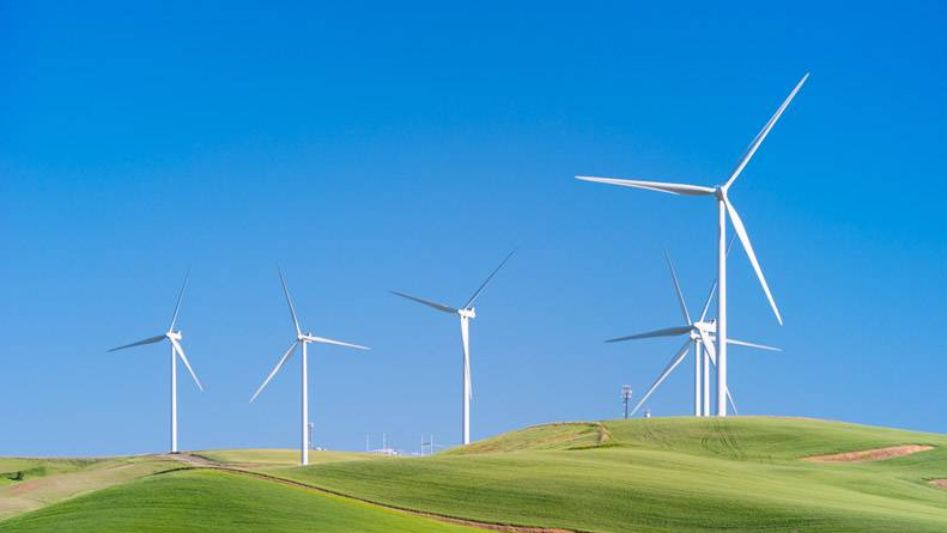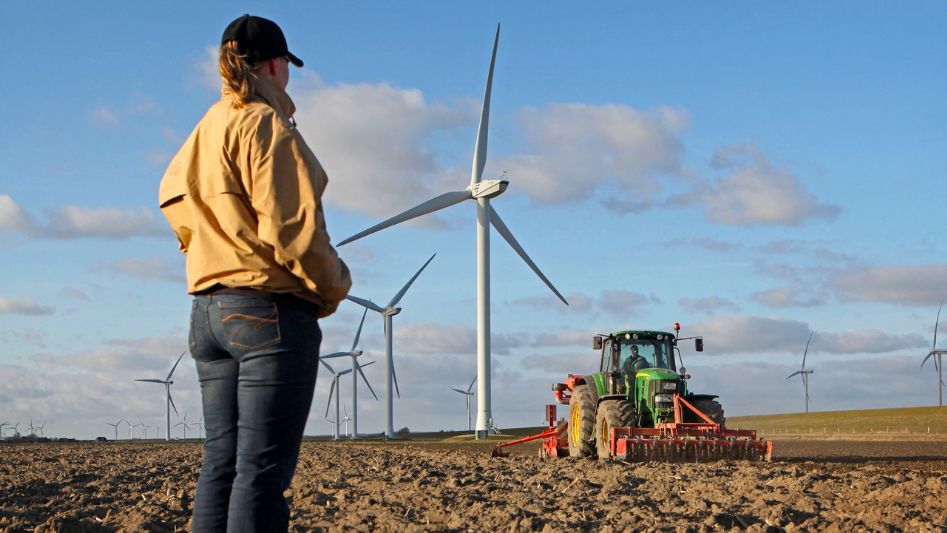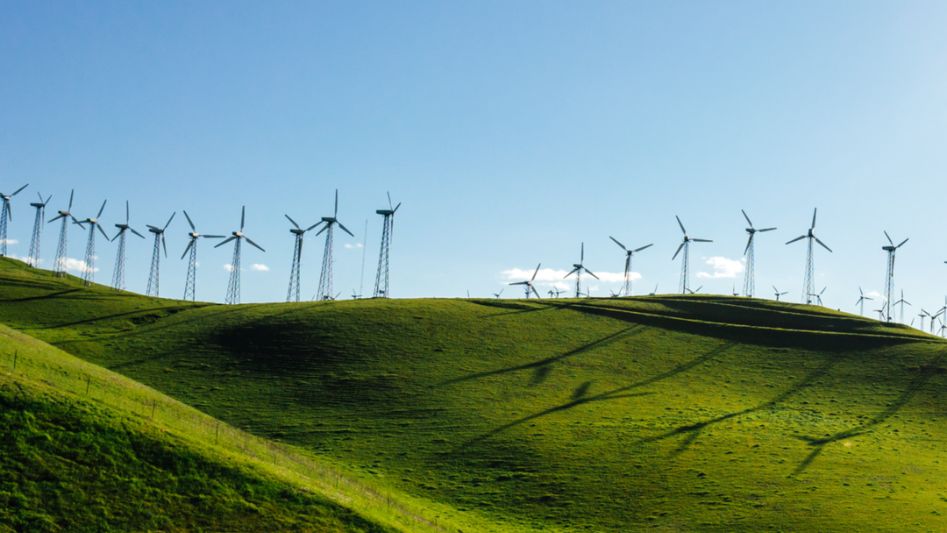Renewable energy has emerged as a crucial component in combating climate change and reducing reliance on fossil fuels. Among various renewable energy sources, wind power has proven to be a reliable and sustainable option. This article delves into Germany’s remarkable journey in harnessing wind power and its return to supremacy in the global wind energy industry.
Table Of Content
- The Rise and Fall of German Wind Power
- Policy Reforms and Renewable Energy Targets
- Technological Advancements and Offshore Wind Farms
- Germany’s Wind Power Industry: Jobs and Economic Benefits
- Overcoming Challenges: Grid Integration and Energy Storage
- Environmental Impact and Sustainability
- Lessons for Other Countries
- Conclusion
- FAQs
We invite you to read: “Rising Bond Interest Rates Cause Losses for Wind Power Companies”

The Rise and Fall of German Wind Power
Germany has a rich history of wind power development. In the 1990s, the country emerged as a global leader in wind energy, with a robust onshore wind sector. However, in the following years, the industry faced challenges such as regulatory barriers, grid limitations, and reduced government incentives, leading to a decline in installations.
Policy Reforms and Renewable Energy Targets
Recognizing the importance of wind power, Germany implemented policy reforms to revive the industry. The introduction of the Renewable Energy Sources Act (EEG) provided stable feed-in tariffs and priority grid access for wind energy producers. Ambitious renewable energy targets, such as the Energiewende initiative, aimed at increasing the share of renewable energy in the country’s power mix.
Technological Advancements and Offshore Wind Farms
Technological advancements played a crucial role in Germany’s wind power resurgence. The development of more efficient and larger wind turbines, along with the establishment of offshore wind farms in the North and Baltic Seas, contributed significantly to the country’s wind power capacity. Offshore wind farms offered higher wind speeds and larger installation areas, unlocking tremendous potential for clean energy generation.
Germany’s Wind Power Industry: Jobs and Economic Benefits
The revitalization of Germany’s wind power industry has not only contributed to clean energy generation but also stimulated economic growth. The sector has created thousands of jobs in manufacturing, installation, operation, and maintenance. Additionally, the supply chain and ancillary services have thrived, attracting investments and fostering innovation.
We invite you to read: “Giant Turbines vs. Radical Designs: The Battle for the Future of Wind Power”

Overcoming Challenges: Grid Integration and Energy Storage
As Germany’s wind power capacity increased, grid integration and energy storage became critical challenges. The intermittent nature of wind energy necessitated improvements in grid infrastructure and flexibility. The country invested in smart grid technologies, energy storage systems, and demand-response mechanisms to optimize wind power integration into the electricity grid.
Environmental Impact and Sustainability
Germany’s commitment to wind power has had significant environmental benefits. By replacing fossil fuel-based power generation, wind energy has helped reduce greenhouse gas emissions and air pollution. Moreover, the sustainable nature of wind power aligns with Germany’s long-term climate goals and contributes to global efforts to mitigate climate change.
Lessons for Other Countries
Germany’s experience in reviving its wind power industry offers valuable lessons for other countries. Key aspects include stable policy frameworks, supportive regulatory environments, long-term planning, technological innovation, collaboration between government and industry, and a focus on grid integration and storage solutions.
We invite you to read: “Renewable Energy 2.0: A Comparison of Hydro and Wind Power Technologies”

Conclusion
Germany’s return to wind power supremacy showcases the transformative potential of renewable energy. Through policy reforms, technological advancements, offshore wind farms, job creation, grid integration efforts, and environmental sustainability, Germany has reclaimed its position as a global leader in wind energy. As the world seeks to transition to clean and sustainable energy systems, Germany’s success story serves as an inspiration and blueprint for others to follow.
FAQs
What are the benefits of offshore wind farms?
Offshore wind farms offer higher wind speeds and larger installation areas compared to onshore wind farms. They enable the harnessing of vast wind resources and contribute to increased clean energy generation.
How does wind power contribute to job creation?
The wind power industry creates jobs in various sectors, including manufacturing, construction, installation, operations, and maintenance. It also stimulates the growth of the supply chain and ancillary services.
What are the environmental advantages of wind power?
Wind power helps reduce greenhouse gas emissions and air pollution associated with fossil fuel-based power generation. It is a clean and renewable energy source, contributing to sustainability and climate change mitigation.
You May Also Like
- Wind Power and Forest Restoration: A Match Made for Sustainable Energy
- Wind Power at its Best: The Future of Energy Generation with Kite Turbines
- Permanent Magnet DC Generator as a Wind Power Generator
- New Wind Power Tech Added 1,050 MW for New Mexico
- Wind Power In Africa – Can Wind Help The Development Of The Region?

